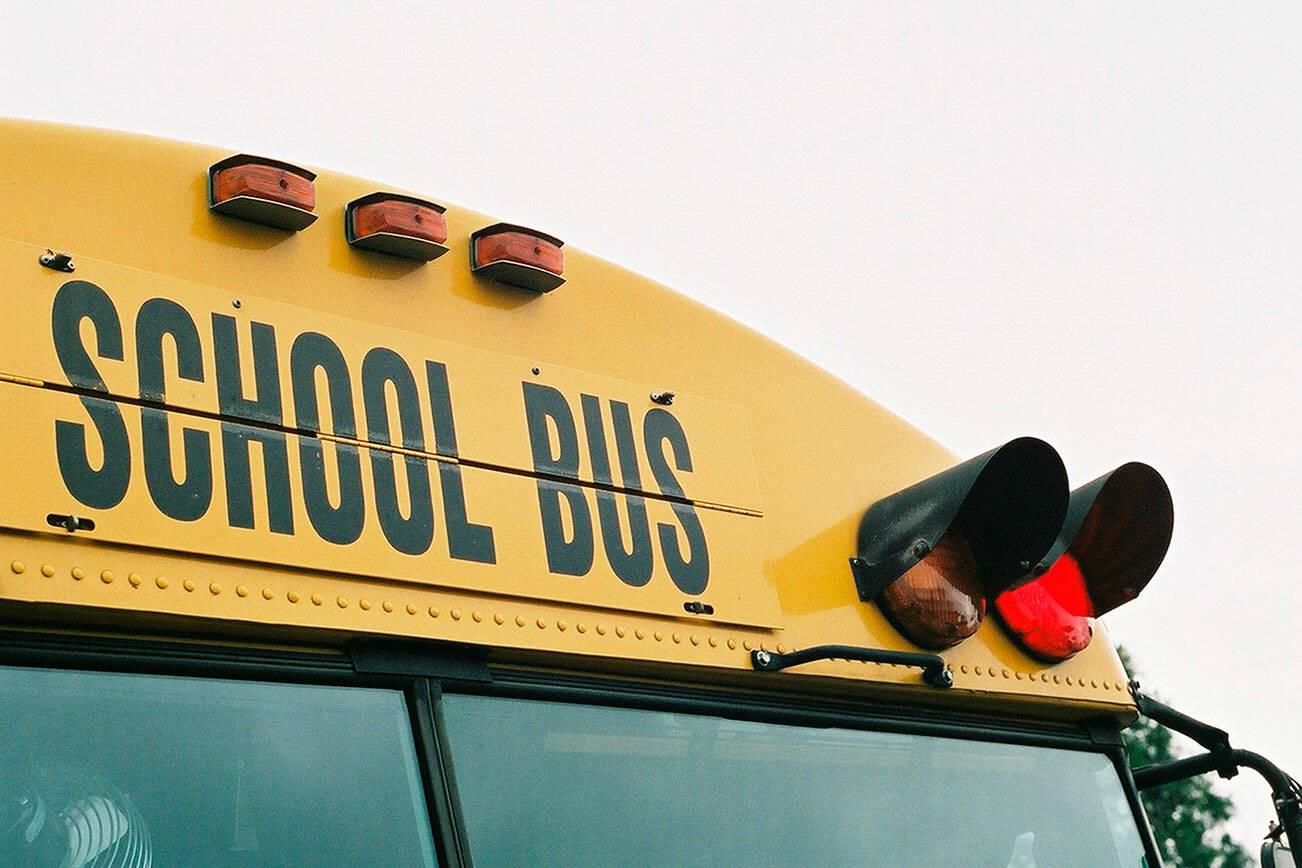Most Washington K-12 students failed to meet basic math and reading proficiency standards in recent years, according to a new report.
The analysis from the Annie E. Casey Foundation shows that in 2022, 66% of Washington fourth-graders were not proficient in reading and 72% of eighth-graders were not proficient in math.
A spokesperson for the Office of Superintendent of Public Instruction pointed to progress the state is making based on other measures and called into question “the methodology and the narrative being pushed by the Foundation in their messaging to the media.”
“National reports like this one can sometimes overlook key differences in states’ data collections and definitions, leading to comparisons across states that are portrayed as apples-to-apples but actually aren’t,” said the spokeswoman, Katy Payne. “These high-level comparisons are often not sophisticated enough to capture key nuances.”
The foundation’s report has been released nearly every year since at least 2005 and uses data from the National Assessment of Educational Progress, which was established by Congress to monitor student achievement across the country.
Stephan Blanford, executive director of Children’s Alliance, the foundation’s partner in Washington on the report, acknowledged that tests — which provide the basis for the proficiency statistics — are “problematic for a bunch of different reasons.”
“But they give us an imperfect picture of the performance of schools,” Blanford added.
“You could throw the baby out with the bathwater if you totally discount the value of test scores. They do tell us something,” he said.
Data from all 50 states, published annually by the foundation, show Washington students doing marginally better than the national average. Across the United States in 2022, 68% of fourth-graders were not proficient in reading and 74% of eighth-graders were not proficient in math.
“We’re rising in the rankings,” Blanford said. “But I always take that with a grain of salt, because we’re competing with some states that don’t invest hardly at all in their children. It’s a low bar.”
Payne touted Washington’s rise in the rankings and said test scores in Washington have trended upward for the past two years. “Test scores dropped during the pandemic across the globe,” she pointed out.
“A more sophisticated analysis of how our students are doing would measure recovery since that drop,” Payne said.
While a 50-state report looking at the same data is not yet available for the past two years, Blanford said that in his conversations with district leaders and teachers, “disruptions in schools are at levels that they’ve never seen” right now.
The Kids Count Data Book also looks at metrics related to economics, families and health to come up with state rankings of child well-being. Despite ranking 14th overall, Washington was 26th in education.
Washington eighth-graders also experienced a significant loss in math proficiency during the pandemic, according to the report. The share of eighth-grade students proficient in math from 2019 to 2022 declined by 12 percentage points.
Payne said math score recovery increased from 2022 to 2023 and the percentage of Washington eighth graders who take high-school level math in middle school is “considerably higher than the national average.”
Blanford said he was particularly concerned about the national numbers for students of color and low-income students.
Black and Native American students, in particular, are struggling. In 2022, 89% of American Indian and Alaska Native eighth graders were not proficient in math and the same was true for 91% of Black eighth-graders. State demographic data was not included in the report.
Blanford also flagged the number of kids who aren’t in an early learning setting. From 2018 to 2022, 57% of Washington kids ages 3 to 4 were not in school. There’s a “tight correlation between involvement in early learning and K-12 success,” Blanford said.
Payne said the state hit record-high rates of kindergarten readiness this fall.
“We have made progress in every area identified in this report, and we will continue our efforts advocating and pushing for more,” she added.
The report comes at a time when Washington parents are increasingly pulling their kids out of public school.
Blanford said that’s unfortunate because the fewer kids in a public school, the fewer dollars the school gets, which leads to a “vicious spiral to the bottom,” he said.
“I am primarily concerned about parents and children who don’t have the option of private schools and making sure the schools are successful for them,” Blanford said. “My firm belief is that if you make schools successful for them, then you make it successful for all kids.”
Washington State Standard is part of States Newsroom, a nonprofit news network supported by grants and a coalition of donors as a 501c(3) public charity. Washington State Standard maintains editorial independence. Contact Editor Bill Lucia for questions: info@washingtonstatestandard.com. Follow Washington State Standard on Facebook and Twitter.


